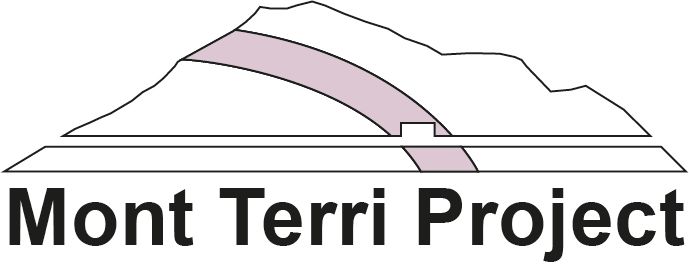Goals
Task
What is the purpose of a rock laboratory? Why is research being carried out here into the Opalinus Clay? Who is taking part in the research? What are the research objectives?
Core Messages
The Mont Terri rock laboratory offers a platform for international collaboration and the exchange of know-how among researchers, technicians, engineers and scientists. The Federal Office of Topography (swisstopo) operates the Mont Terri rock laboratory and runs the Mont-Terri Project. Today, 22 organisations from Belgium, Germany, France, Japan, Canada, the Netherlands, Spain, Switzerland, United Kingdom and the USA are taking part in the underground research project. Various other countries are also considering argillaceous rock as possible host rock for deep geological disposal.
Links
Useful links and important partners for the project
